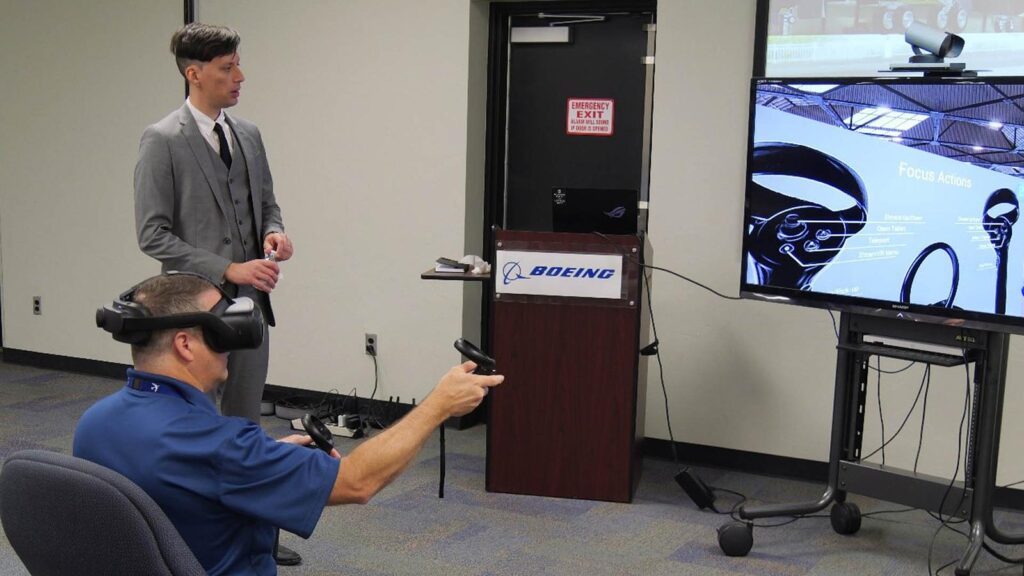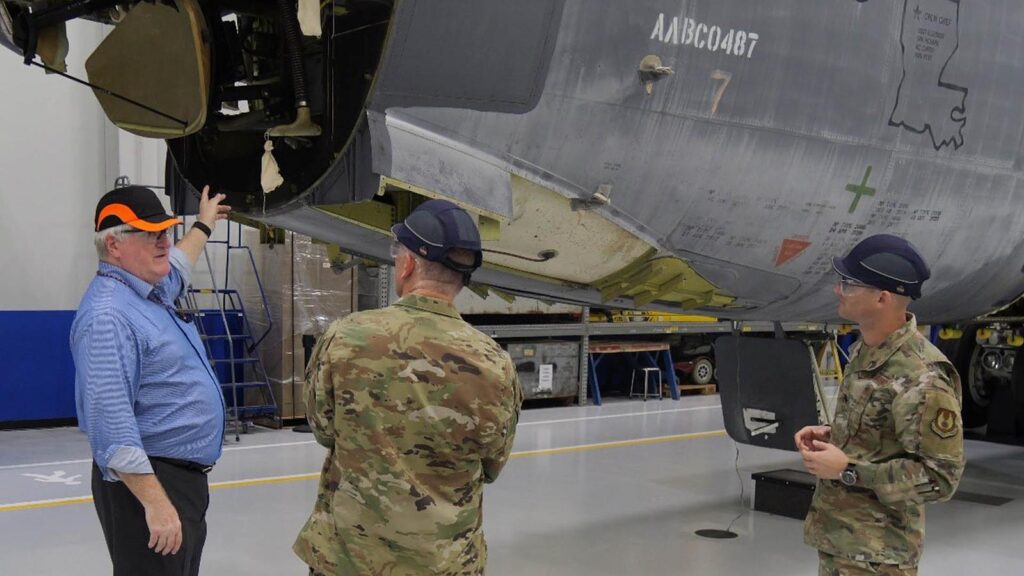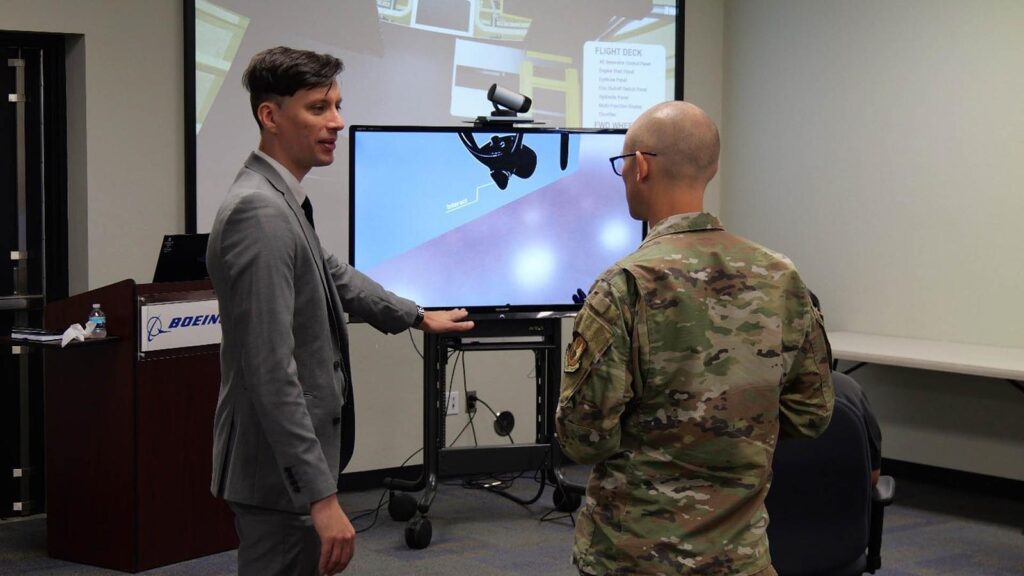Virtual reality revs up B-52 engine replacement
Boeing Oklahoma City team uses 3D tech to show US Air Force how the aircraft’s new engines will start and operate.
By Peter Agnitsch

US, September 5. Using virtual reality, the Boeing team in Oklahoma City recently demonstrated how new engines destined for the US Air Force’s fleet of B-52 Stratofortress bombers will operate.
The demo was intended to help members of the Air Force who are working on the Air Force’s B-52 Commercial Engine Replacement Program (CERP) better visualize how the Rolls-Royce F130 engines will start, operate, shutdown and even sound.
Why it matters: Boeing’s Virtual System Prototype Residual Operation Capability demo allows airmen to experience the look and feel of the upgrades and provide feedback — well in advance of any physical modification of a B-52.

- The “visual simulation suite provides airmen an unprecedented opportunity to experience the upgraded aircraft years prior to physical aircraft modification,” said Lt. Col. Tim Cleaver, Air Force Materiel leader for CERP. “It gives aircrew, maintainers, testers, engineers and logisticians unique familiarization to jump-start training to fly, maintain and sustain the B-52J.”
- The demo also can help identify and diagnose problems earlier than is typically seen on board a physical aircraft — so the program can further evaluate engineering, design and maintenance decisions.

The bottom line: “The virtual reality simulation that we developed for the B-52 CERP is an extremely powerful tool that allows the engineers as well as users get early feedback and exposure to where the design is going well before [critical design review],” said Jennifer Wong, director of Bombers programs in Boeing Defense, Space & Security’s Mobility, Surveillance & Bombers division.
- Per Wong, “To receive resounding positive responses from the Air Force on it is appreciated and a good testament to the great progress this team has made to date — the demo signals the transition from middle-tier acquisition to major capability acquisition for the Air Force.”





